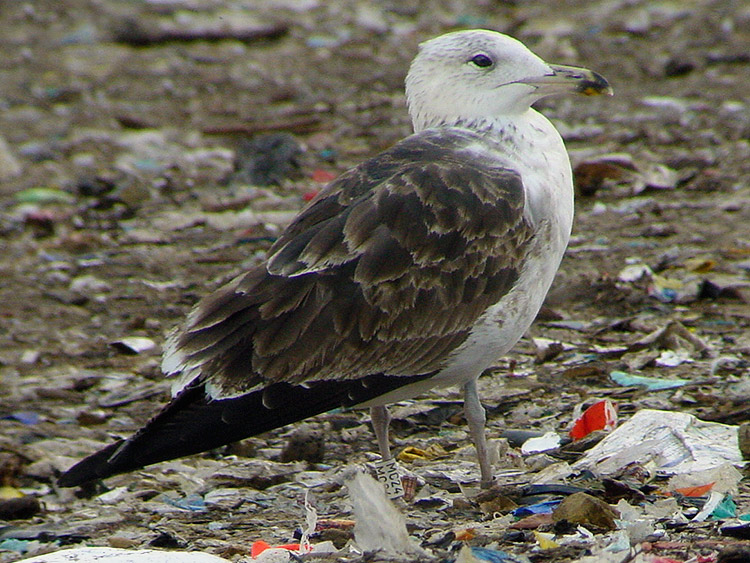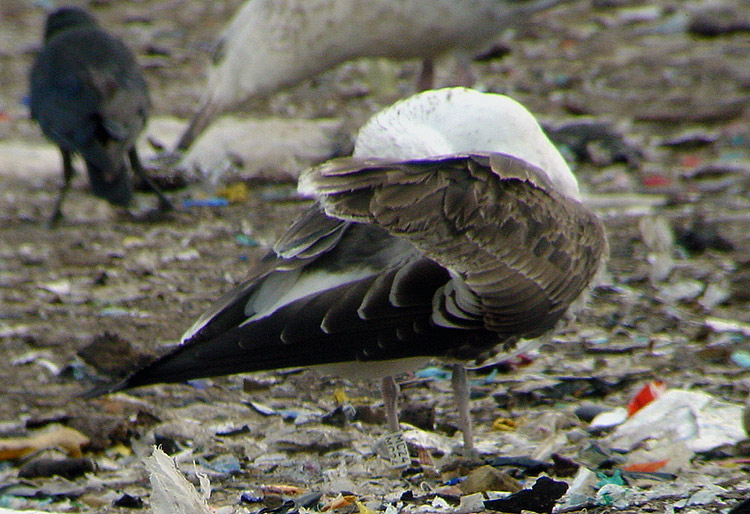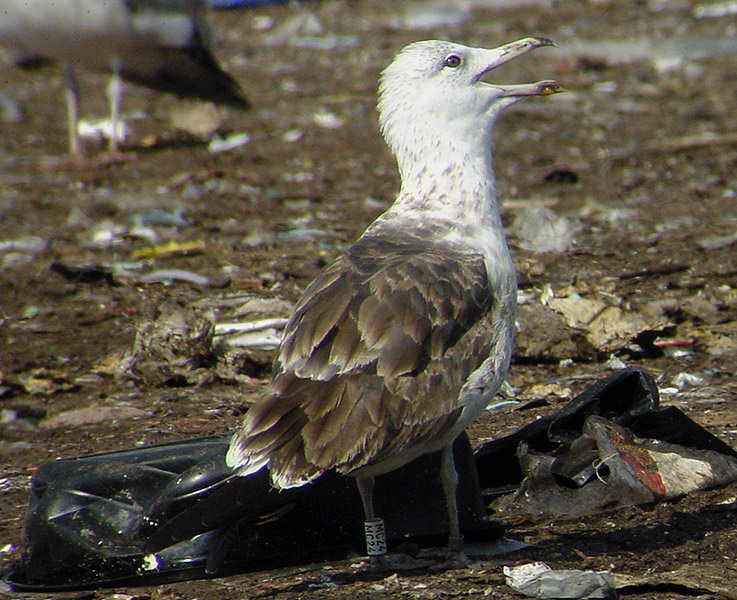 nominate Lesser Black-backed Gull (L. fuscus)
nominate Lesser Black-backed Gull (L. fuscus)
(last update:
Amir Ben Dov (Israel)
Hannu Koskinen (Finland)
Mars Muusse (the Netherlands)
fuscus 1cy July
fuscus 1cy Aug
fuscus 1cy Sept
fuscus 1cy Oct
fuscus 1cy Nov
fuscus 1cy Dec
fuscus 2cy Jan
fuscus 2cy Feb
fuscus 2cy March
fuscus 2cy April
fuscus 2cy May
fuscus 2cy June
fuscus 2cy July
fuscus 2cy Aug
fuscus 2cy Sept
fuscus 2cy Oct
fuscus 2cy Nov
fuscus 2cy Dec
fuscus 3cy Jan
fuscus 3cy Feb
fuscus 3cy March
fuscus 3cy April
fuscus 3cy May
fuscus 3cy June
fuscus 3cy July
fuscus 3cy August
fuscus 3cy Sept
fuscus 3cy October
fuscus 3cy Nov
fuscus 3cy Dec
fuscus 4cy Jan
fuscus 4cy Feb
fuscus 4cy March
fuscus 4cy April
fuscus 4cy May
fuscus 4cy June
fuscus 4cy July
fuscus 4cy Aug
fuscus 4cy Sept
fuscus 4cy Oct
fuscus 4cy Nov
fuscus 4cy Dec
fuscus ad Jan
fuscus ad Feb
fuscus ad March
fuscus ad April
fuscus ad May
fuscus ad June
fuscus ad July
fuscus ad Aug
fuscus unringed Aug
fuscus ad Sept
fuscus ad Oct
fuscus ad Nov
fuscus ad Dec
(5 images) Larus fuscus fuscus 2cy MC24 July 09-17 2003, Tampere, Finland (61.33N 24.59E).
MC24 was ringed in east Sweden, probably as pullus last summer 2002. It has been present on Tampere dump for most of the summer 2003. In many respects it is similar to Finnish fuscus (moult scores of remiges, rectrices and wing-coverts) but in jizz it is less elongated and delicately built, rather powerful with strong neck and breast. Considering the upper-part moult, this is another example of typical Finnish fuscus, representing average 2cy fuscus. The bare part colouration is average for 2cy birds, but advanced when compared to 2cy argenteus, argentatus, graellsii or intermedius from NW Europe. The bill-base is largely pink and there is already a red gonydeal spot visible on the lower mandible. The legs are pink and the iris is still dark brown. Many 2cy fuscus in Finland have the body feathers and head moulted to plain white feathers, with only limited mottling on the sides of the breast and flanks. It's common to find 2cy birds moulting the head in July, as is often indicated by the 'moth-eaten' appearance. Typical Finnish fuscus in July have replaced primaries, rectrices and secondaries, all moulted in a complete post-juvenile moult on the wintering grounds, prior to northbound migration. The new second generation primaries are only a couple of months old and still look dark blackish. The second generation tail-feathers normally still show the white tips, but in some individuals these tips are worn away when 2cy birds arrive back in Scandinavia. Immediately after returning in Scandinavia some 2cy fuscus start a new moult cycle in the inner primaries, now growing in third generation feathers.
|




